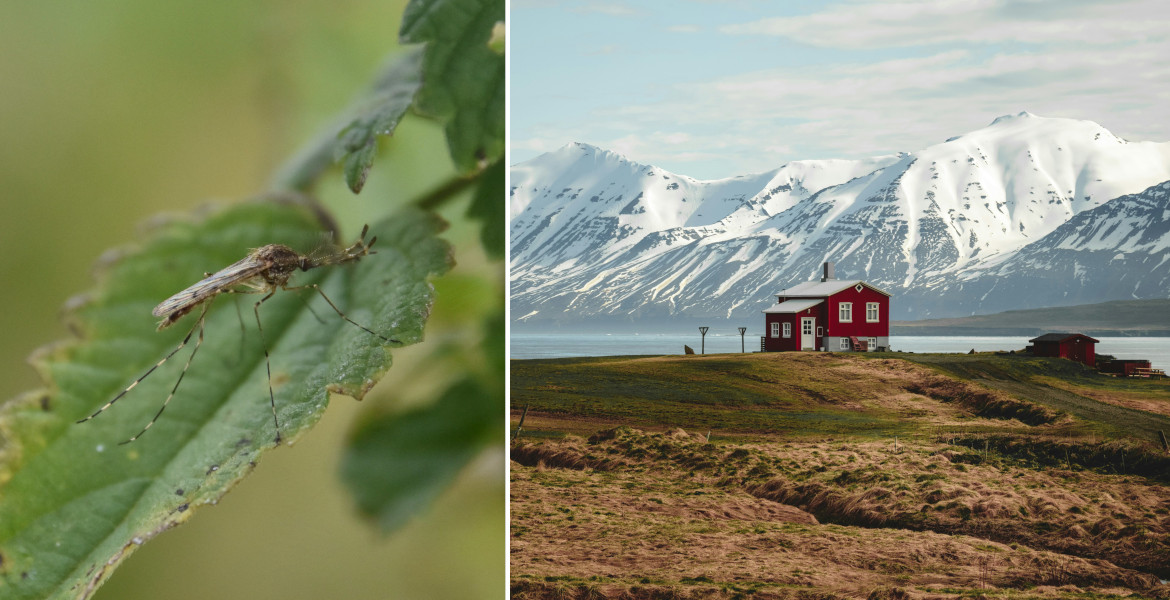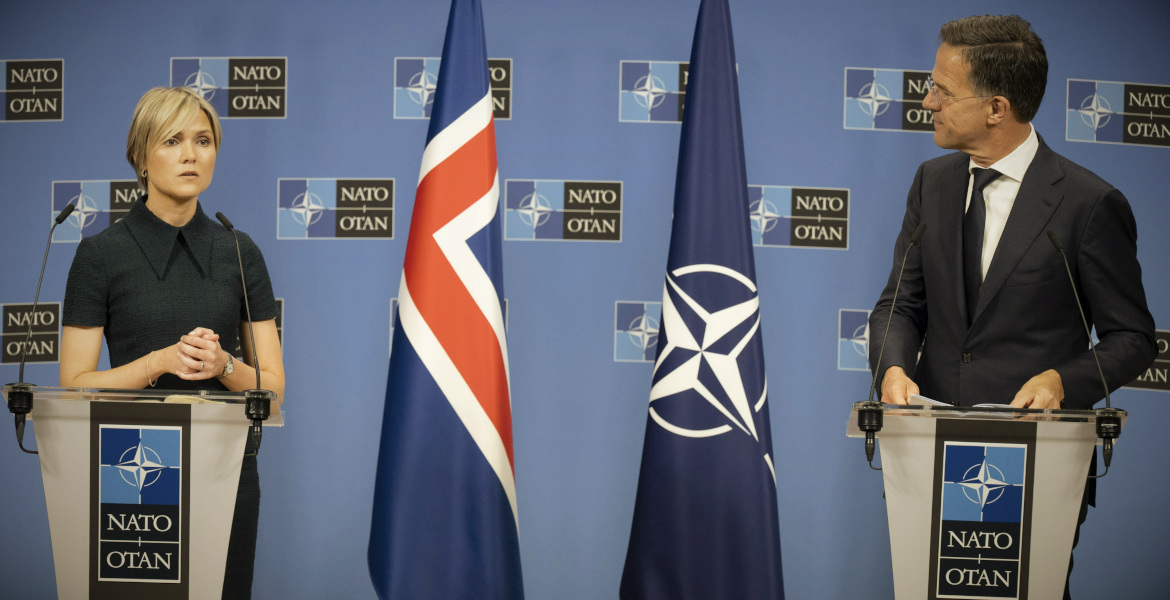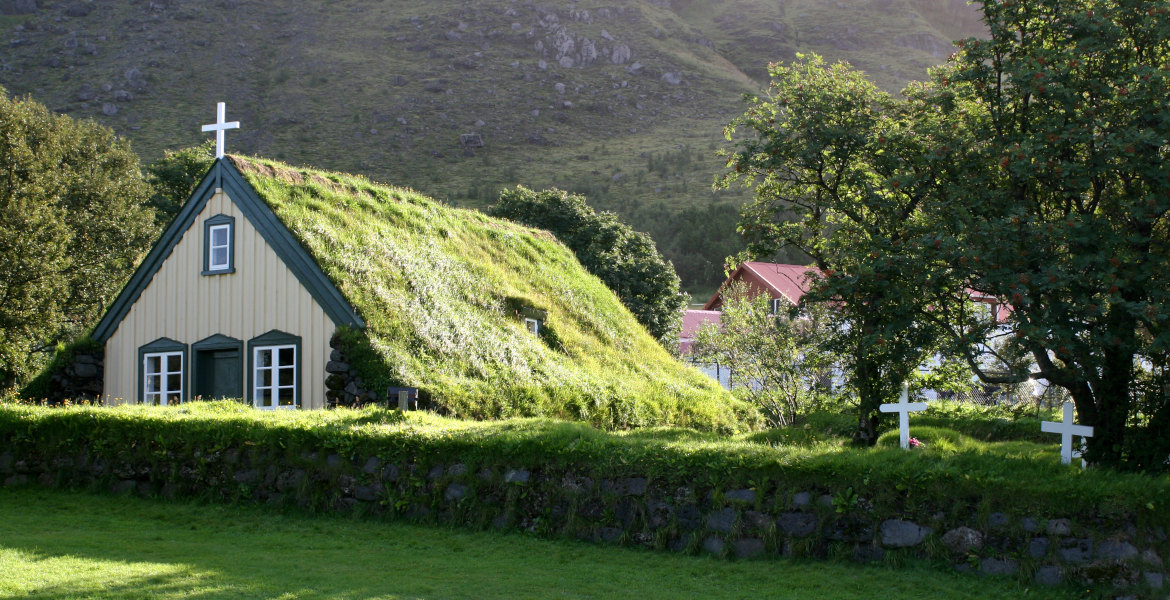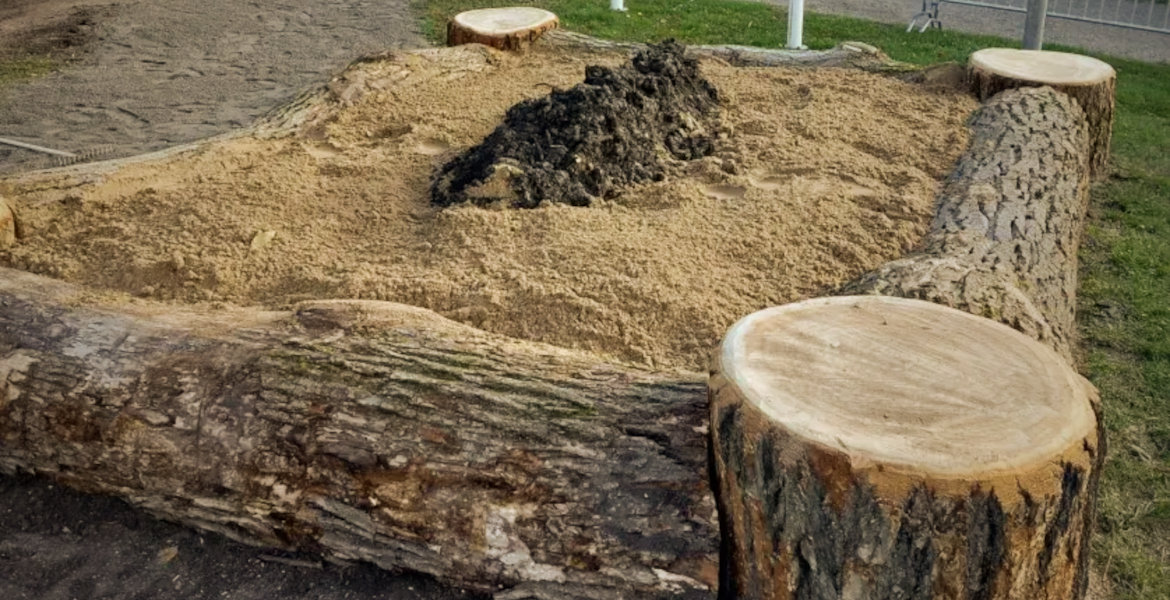Icelandic Prime Minister Kristrún Frostadóttir rejects the idea of an Icelandic defense force and instead wants the country to continue relying on the US-led military alliance NATO through increased financial contributions and infrastructure support.
At the eleventh edition of the Arctic Circle Assembly in Reykjavík, Iceland, Prime Minister Kristrún Frostadóttir was asked whether Iceland is considering building its own military force. Her answer was clear: No.
— In all honesty, and I can’t speak for the entire Icelandic people, I think everyone is happy with the current state of affairs in terms of our presence and security. And so is the government, she responded.
Frostadóttir emphasized that Iceland can play a more significant role by increasing financial support to NATO, investing in infrastructure, and continuing to function as a host nation for allied forces, primarily from the United States.
— Personally, I think we can do more with funding, whether it’s NATO funding, other infrastructure or whatever, and by strengthening our position as a strategically important location and as a host nation, she said.
Although discussions about an Icelandic army do occur, such plans are not on the government’s agenda. The prime minister was clear in her assessment of the future.
— But I don’t think we’ll see an Icelandic army in my lifetime, Frostadóttir concluded.
American military presence since World War II
Iceland’s military dependence on foreign forces has deep historical roots. The US Navy and Air Force base at Keflavík, Naval Air Station Keflavík (NASKEF), was built during World War II and remained operational until September 2006.
Since the closure of NASKEF, Keflavík Airport has continued to function as a transit point and base for NATO, albeit with reduced facilities. The military zones at the airport remain operational and are managed by the Icelandic Coast Guard on behalf of the US-led military alliance.
Iceland’s continued absence of its own defense force means the country remains entirely dependent on NATO and primarily American forces for its military protection, a situation the prime minister clearly signals will persist.






